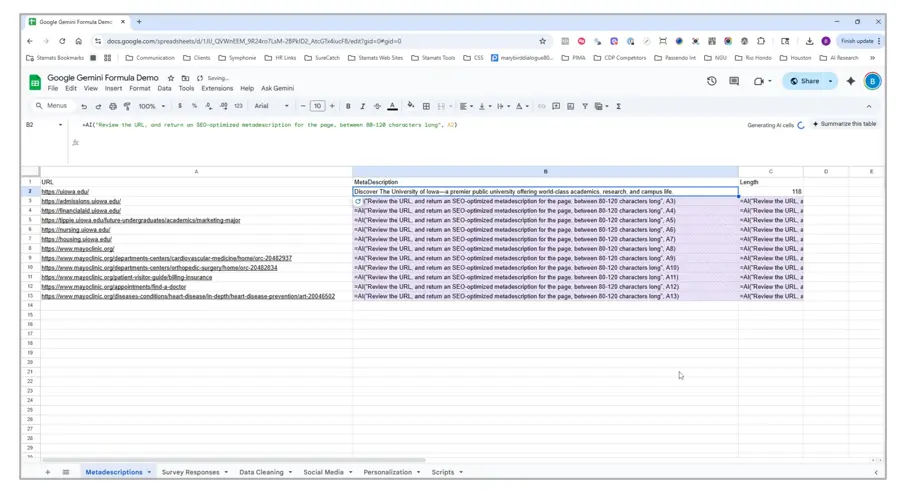Written by
on

Income share agreements (ISAs) have attracted considerable attention in recent years as higher ed leaders and innovators seek a solution to the ever-growing student debt problem. Briefly, income share agreements are an arrangement between a college and a student in which the student pays no tuition up front. In exchange, when the student graduates and finds a job above a minimum income threshold, the student pays the institution back with a pre-determined percentage of his/her salary.
Depending on the structure of the ISA, students will pay a portion of their salary for a specific amount of time (e.g., eight years after graduation) or until they reach a certain repayment cap (e.g., $30,000 in total repayments).
Benefits and Criticisms of ISAs
The purported benefits of ISAs are many. The primary benefit is that, under ISA arrangements, students and their families don’t need to take out pricey private loans to finance a college education. We’ve all heard horror stories of students graduating with mountains of student loan debt only to barely be able to afford the interest payments (let alone pay down principal) while earning a modest income.
For colleges, additional benefits include greater motivation to retain and graduate students, prepare them for careers, and earn more tuition revenue in the long run.
Critics are quick to use “indentured servitude” to disparage ISA arrangements. Others are concerned that ISAs disincentivize colleges from taking a chance on students who have a higher risk of not completing college and/or earning a high starting salary. Still others say that ISAs motivate students to study professional programs at the expense of worthwhile, but less remunerative, programs in the arts and humanities.
However, the purpose of this article is not to repeat the conversations that others have had in the New York Times, The Atlantic, Forbes, and elsewhere. Rather, I offer a few reflections on ISAs as a concept, including their pros and cons, and consider a few ways that income share agreements – which, in many ways, are still “in beta” – will evolve.
How We Expect ISAs to Evolve
Adjustments Based on Income and Cost-of-Living Disparities: As mentioned above, some ISAs predicate repayment based on a graduate’s salary. For instance, a school may say that only graduates with salaries exceeding $50,000 are required to make payments back to the college. However, one thing that’s lost in that approach – and largely ignored in higher education in general – is the significant variance in cost of living across the country. Put differently, a $50,000 salary means one thing in Omaha and an entirely different thing in San Francisco. A blanket approach like that will undoubtedly impact some graduates more than others.
- Income Thresholds and Percentages Will Shift Like Actuarial Tables: Related to the point above, it’s likely that a lot will change in ISA structures in the next several years as colleges figure out what works and what doesn’t. What’s more, ISAs will continually change to keep pace with inflation. It is entirely likely that a sophomore and a senior could sit next to one another in class and have entirely different ISA agreements in terms of the percentage they will pay and/or the income threshold they need to meet for repayment to kick in.
- 80/20 Rule: It is entirely possible that a small segment of graduates will pay an outsized share of total revenues flowing to colleges. Under most ISA agreements, the percentage that one pays is not adjusted based on one’s salary. So a graduate earning $55,000 and another earning $90,000 each pay the same percentage. Moreover, there will undoubtedly be students who don’t meet the minimum income threshold for many years. These graduates in lower-paying jobs will drive up the percentages that their higher-earning peers must pay. This imbalance may disincentivize some students who know they want to pursue high-earning fields like software development from pursuing ISAs.
- Greater Focus on Student Services: One of the key differences between the current student loan model and income share agreements is that the college itself plays a greater role as creditor. The benefit of this, so the thinking goes, is that it motivates the school to retain students, graduate them in four years, and guide them toward employment (and high-paying employment, if possible). The college itself becomes more accountable for the success of its students, which in turn will lead to a renewed commitment to serving, advising, and guiding students throughout their college journey.
- Accelerate the Notion of College as Career Training: One of the knocks against ISAs is that they might force students to choose fields of study that will lead directly to employment and generate high incomes. Students who may otherwise choose a program in the humanities may instead study business or STEM. I don’t doubt this is true. But isn’t that happening already? By encouraging students to think hard about their career prospects in terms of the ROI on their degree, ISAs aren’t doing anything new; they’re merely driving that conversation more overtly and, if anything, speeding it up.
- Alumni Gifts Will Require More Time and TLC: In some cases, ISA repayments can be done in just a couple years; in others, there is a defined time period that could stretch the better part of a decade. Purdue University, for instance, offers an ISA with a pre-determined repayment period of 8 years after graduation. While every graduate’s situation will be different, it’s safe to assume that they may be loath to open their wallets (again) after spending years repaying their tuition. In the current model, colleges are in the clear because loans are managed by other entities. But under ISAs, the entity that requires mandatory repayment every month will be the same entity soliciting donations. Alumni Affairs and Advancement offices may need to take more time than they do today before reaching out to recent alumni.
A Few Closing Thoughts
It remains to be seen how disruptive income share agreements truly are, and we may not know for quite some time. But one thing is clear regarding ISAs and any other tuition restructuring: it would be a mistake for a college to think that an income share agreement will automatically increase enrollment. We know from years of research that students don’t make enrollment decisions on the basis of price alone, and certainly not for a pricing structure like an ISA. Rather, they make selections based on perceived value (quality for the cost). An income share agreement may enhance perceived value if the benefits are clear and consistent with institutional identity.
If you’re interested in learning more, explore our tuition pricing or brand perception research.
Ready to Get Started?
Reach out to us to talk about your strategy and goals.


